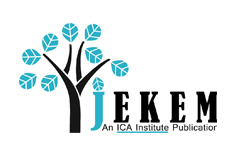Abstract
In the past several decades there has been a growing awareness of the importance of women’s empowerment in overall development. It is not sufficient to consider only economic growth, but rather we must also look to human development (and specifically that of women) when observing progress in any country. This can be difficult to define and measure, as one must be sensitive to cultural and historical differences as well as overall standards of living for a society. However, even considering these differences, it is essential that women be equal partners in the development process for their nations to truly be successful on both the international and domestic fronts.
In this paper, the author explores the evolution of today’s focus on women and what important patterns of development exist when it comes to women and girls. These fall mainly into four categories—education, health and family, economics and labor, and political activism and representation.
This discussion leads to a regional overview of Latin America and an examination of how women stand in each of these categories, baring in mind important cultural roles that still remain. Building on this, the author moves to an in-depth comparison of two countries considered to be on opposite ends of the development spectrum: Brazil, long considered the emerging economy of the region, and Bolivia, a nation that has long suffered from some of the most severe poverty in Latin America. The author explores the general state of women’s empowerment in each country by category and questions how they compare. The author concludes that based on these findings Brazil is not as far in advance of Bolivia as one would think, but that there has been significant development in both countries as well as continuing room for major growth.
DOI
10.7885/1946-651X.1043
